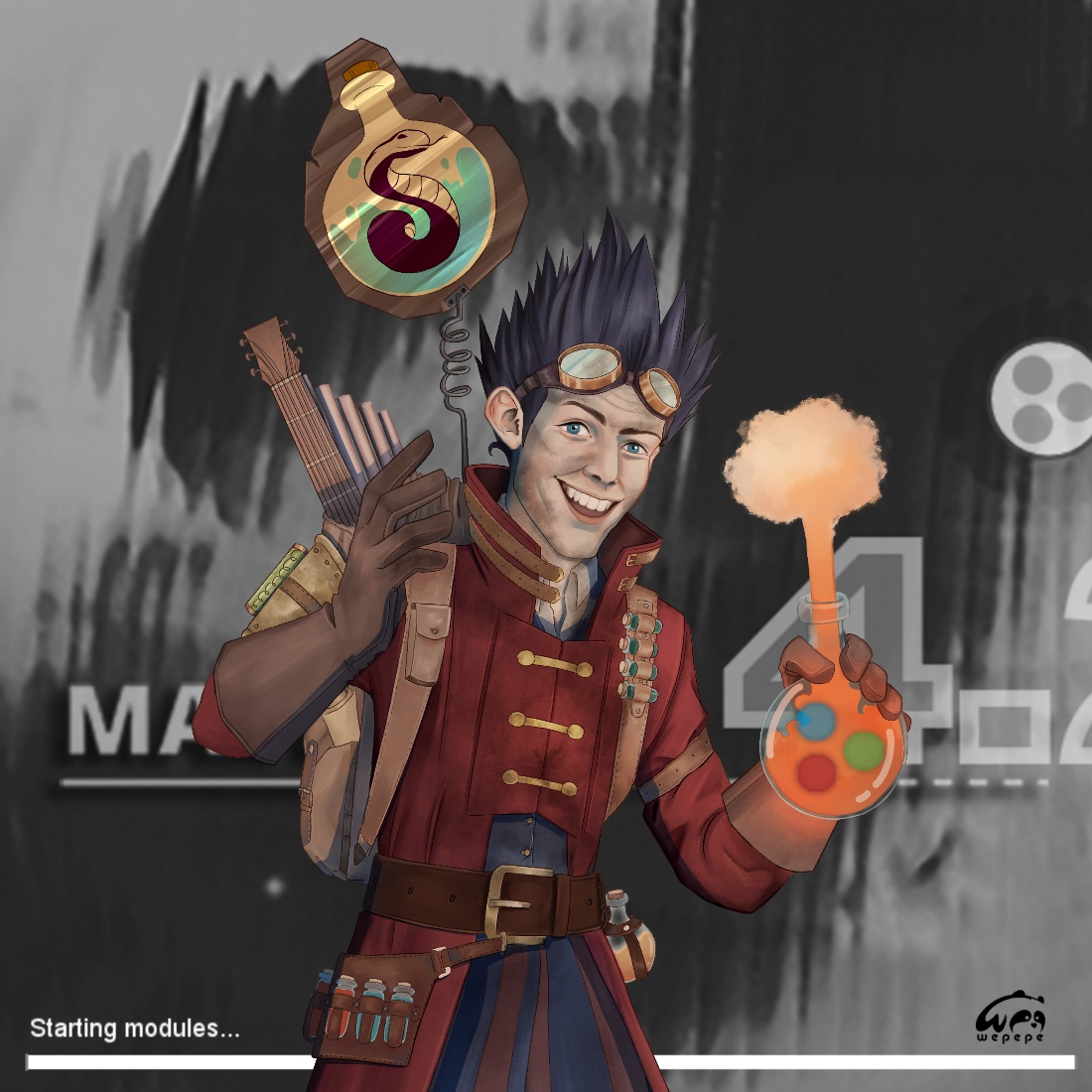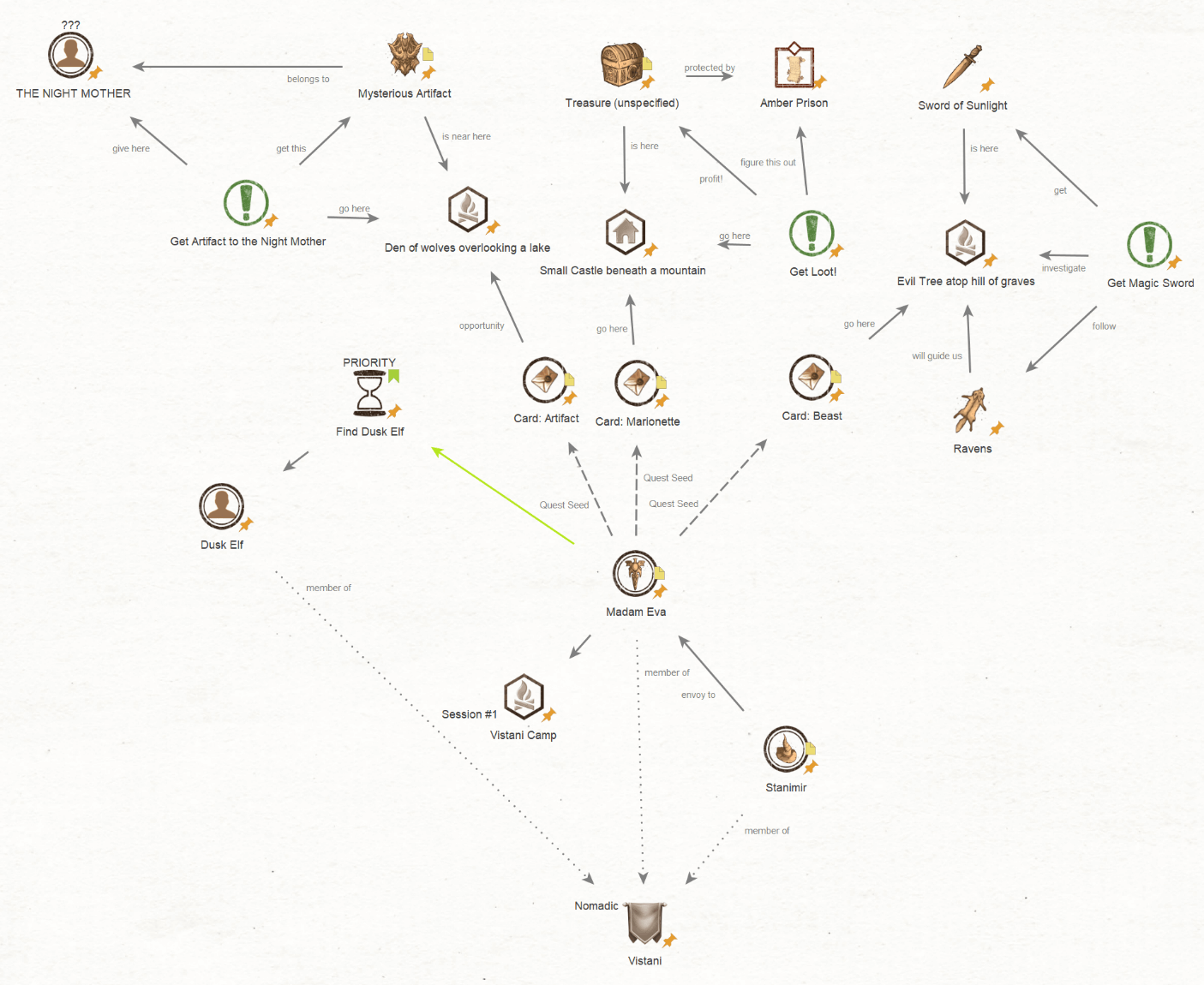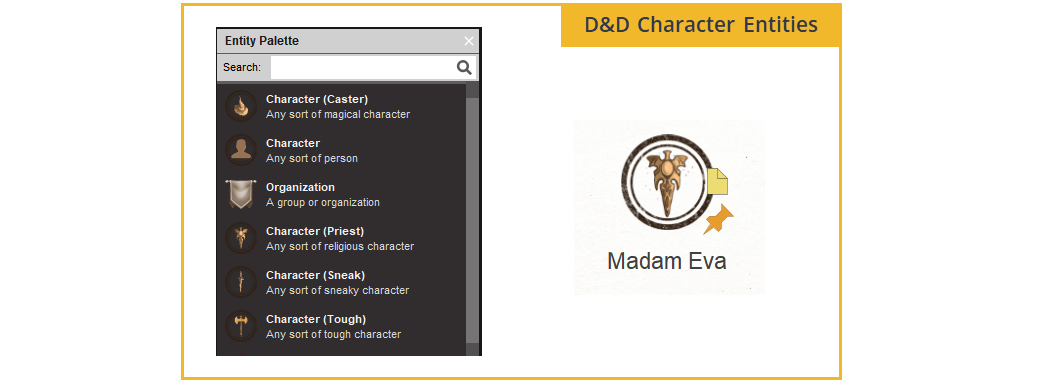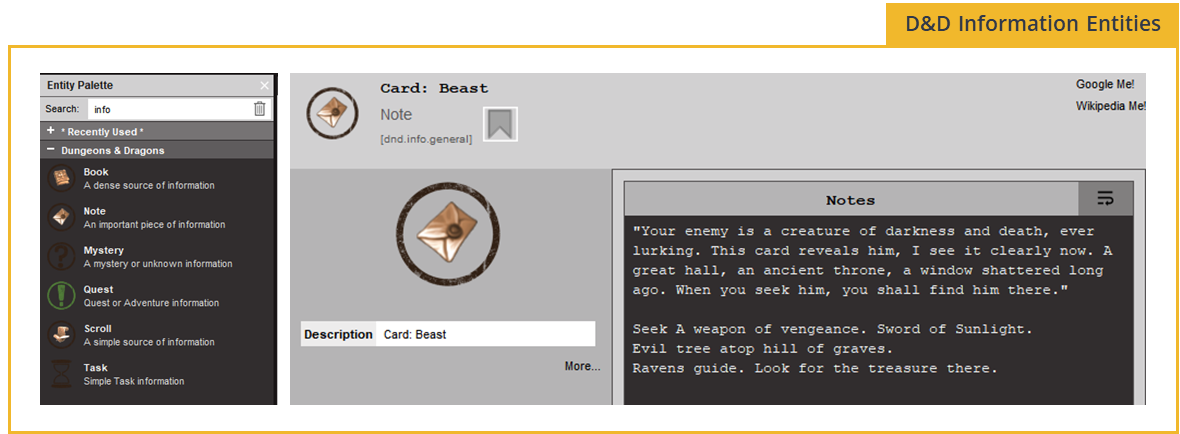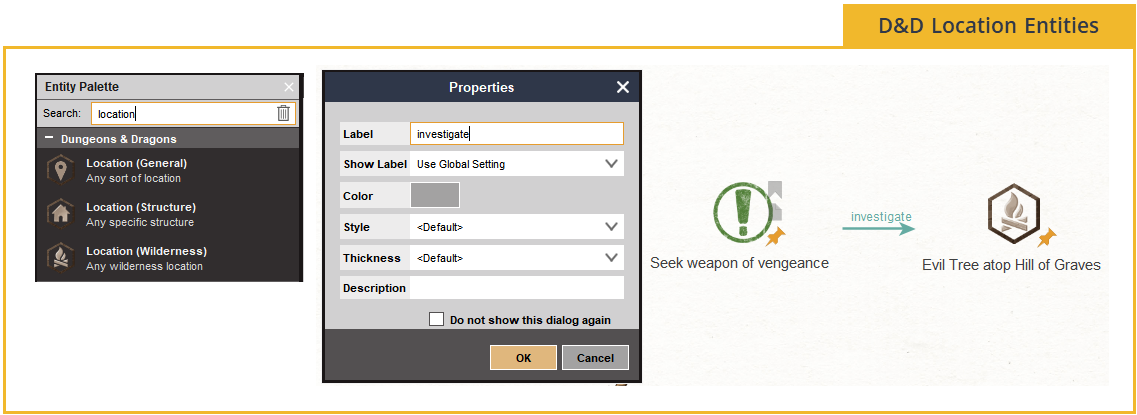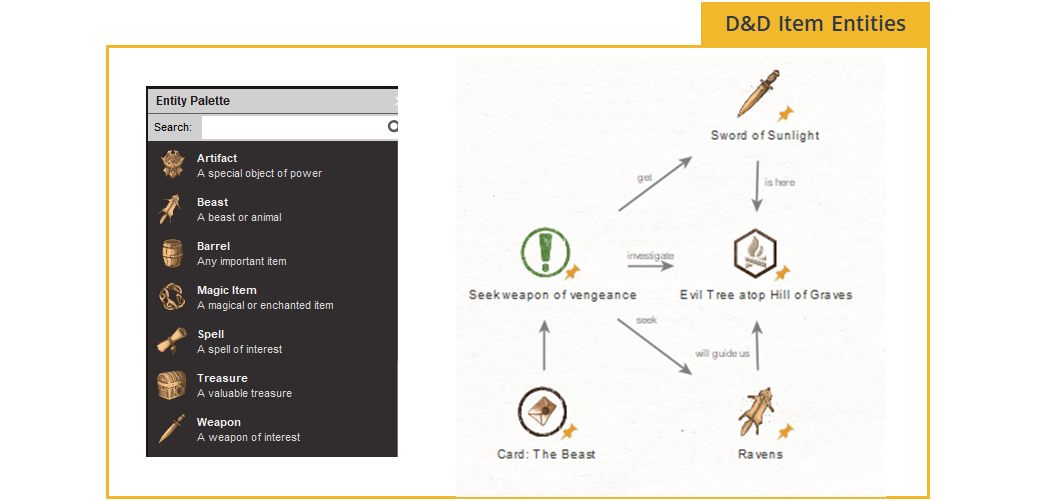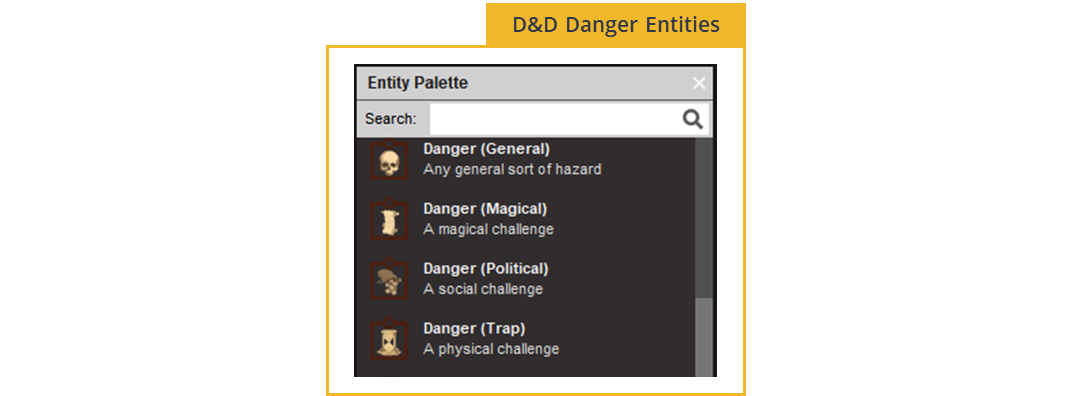Guest Author Twitter: @Sp4mSec
Original Artwork by Wepepe
I am the most brilliant entrepreneur in the land, when I can remember who I am talking to, and what they want… 🔗︎
Greetings. My name is Reginald Hazit, and I am a level 1 Artificer in a game of Dungeons and Dragons. I make fantastic potions, fabulous inventions and bizarre contraptions. I’m accustomed to getting run out of towns because authorities do not appreciate my revolutionary and disruptive pop-up dispensary of snake-oil, hair-growth potions, and toilet hooch.
After several days on a rough carriage ride, I find myself in the backwater country of Barovia, a place haunted by monsters and ruled over by a malevolent Vampire, where death is far from the worst thing that can happen to a brilliant person like myself. The people here are poor, and it’s my mission to take what little money they have, and make it mine. As if that wasn’t difficult enough, my carriage driver refuses to enter the country, and abandons me with a troupe of nomadic Vistani and their fortune-telling matriarch, Madam Eva.
Before I’ve even managed to sell tonic for her thinning hair, Madam Ava pulls six fortune cards, gives us 3 quests, drops the names of 3 treasures, and tells us we should start by finding a dusk-elf that’s having bad dreams.
That’s a lot of information to keep track of, and now it’s bed time. My group won’t be meeting up to play Dungeons and Dragons for another 2 weeks, which is more than enough time to forget how important it is that I sell hair tonic. Fortunately, I’ve been using Maltego to keep track of everything.
What is Dungeons and Dragons? 🔗︎
If you’ve never played before, Table Top Role-Playing Games (like Dungeons and Dragons) tend to be equal parts board-game, adventure novel, and improv-theater. There are a lot of characters, locations, treasure and story to discover, but unlike a computer game, there is seldom a defined path or required choices to make. You are free to narrate your character’s words and choices as you see fit.
Unfortunately, that also means that if you forget that someone, something, or someplace exists, you may forget to engage with that part of the world and maybe miss out on fun treasure or clues. That’s why taking good notes is important, and when it comes to taking good notes about a complex situation, I’ve never found a tool better than Maltego.
Pro Tip: TTRPGs are commonly played around a table or online with the help of video chat and a shared white board of a virtual tabletop application. Although Maltego does include real-time collaboration features, it’s intended to supplement a tabletop experience, not replace it.
Exploring Dungeon & Dragons Adventures with Maltego 🔗︎
When I’m not pretending to sell pretend potions, my name is Daniel, and I am a Cyber Security Analyst. During my day-job, I perform cyber-security investigations and use Maltego (a free for personal use cyber and criminal investigation tool), to create a graphical representation of my research leads, forensic artifacts, and indicators of compromise. It turns out that tools made for real criminal investigations also work great for fictitious ones!
At a basic level, Maltego works like a mind map. You can add icons (Entities) with embedded annotations, and draw relationship arrows (Links) between them. This is what my notes (Graphs) looks like after our first game.
Pro Tip: Maltego’s most powerful feature is its built-in and custom scripts (Transforms) that can help an investigator rapidly search common data sources for a specific piece of information. However, for our purposes, Transforms will not be used.
This style of information collection works great for search and rapid-recall because you’re looking at a graphical representation of your data. You can use images, color, line weight and style, physical position, and descriptive relationships to record and recall the info you need, as well as the tried and true Ctrl+F to Find anything written in the entities themselves.
To focus on the types of information critical to a Dungeons and Dragons game, I created a set of Custom Entities that can be imported into Maltego.
Using Dungeon and Dragons Entities in Maltego 🔗︎
Games like Dungeons and Dragons are run by a Dungeon Master (DM), who is the “host” of a game. They describe the locations, play the role of all the characters in the world (except the players themselves), and serve as a judge regarding rule enforcement and conflict resolution. The DM may be working out of a book that describes the world, characters, treasures, and conflicts of the fictional world, or they may have written their own story.
Back in Barovia, my DM, speaking as Madame Eva, gives us four Quests, wherein she tells us of mysterious locations, unspeakable dangers, and valuable treasures. One of those treasures is “The Sword of Sunlight,” which will (allegedly) help us defeat “our enemy.”
I know I’m not going to remember any of this in 2 weeks, so I start taking notes in Maltego. By the way, it seems totally unreasonable that I would have an enemy already, especially since I haven’t sold any toilet hooch yet.
The Entities in the Dungeons and Dragons entity set are arranged in 5 groups: Character Entities, Information Entities, Location Entities, Items Entities, and Danger Entities.
Character Entities for Dungeons and Dragons 🔗︎
Character Entities represent the people (human, demi-human, and non-human) that you meet during your adventure. If it’s someone you can talk to, they’re a character.
I think Madame Eva is going to be an important character in the story, so I want to make sure she gets an Entity. Assuming Madame Eva is a spiritual sort of person, I choose the Character (Priest) Entity from the Entity Palette.
Information Entities for Dungeons and Dragons 🔗︎
Information Entities represent important data or tasks that you want to remember.
I drop a Note Entity down that represents the Tarokka card Madame Eva drew: Beast. I write down everything she said, so I can split it up into more Entities as needed.
“Seek a weapon of Vengeance,” this sounds like a Quest. I place an appropriately titled Quest Entity.
Location Entities for Dungeons and Dragons 🔗︎
Location Entities represent places that are relevant to the story.
“An Evil Tree atop a Hill of Graves” is a location. I don’t know where in Barovia that could be, but with this Entity on my graph, it will stay fresh in my mind.
I place the Location (Wilderness) Entity on the map, and I click and drag to draw a relationship Link from my Quest Entity to the Location Entity. I label that relationship ”investigate.”
Item Entities for Dungeons and Dragons 🔗︎
Item Entities represent objects in the world that are important to the story.
“Ravens will guide you” this is an important detail that I don’t want to forget. I place a Beast Entity on the graph, and link it to the Location (Wilderness) Entity, with the label ”will guide us”
While I’m at it, finding those ravens sounds like a part of the Quest, so I’ll draw a relationship from the Quest Entity to the Beast Entity, with the label ”seek.”
Finally, this quest is about obtaining a “Weapon of Vengeance,” which Madame Eva described as “The Sword of Sunlight,” so I’ll add that to the graph as well. This sword could be described as both magical and an artifact, so there are several entities that I could choose, but I will choose Weapon Entity since that’s got a nice sword icon.
Pro Tip: All Dungeons and Dragons Maltego entities were designed with identical properties. Any entity can be used for any type of information, as long as it makes sense to you.
Danger Entities for Dungeon and Dragons 🔗︎
Danger Entities represent challenges, hazards, monsters… anything that can get in between your characters and their goals.
At this time, we don’t know about any specific dangers associated with this quest, so I don’t have any Danger Entities to place. However, that is likely to change as we learn about this Quest, and the Entities involved.
Enriching Your Entity Properties with Other Information 🔗︎
All Dungeons and Dragons Maltego Entities have optional properties can provide additional at-a-glance information for the Entities on your graph. These Properties, once filled in, will appear as custom Entity overlays.
Reginald Hazit listens to Madame Eva. He believes freewill can overcome prophecy, but you cannot deny magic is real, and (as of yet) there are forces beyond our command. He commits her words to memory. Madame Eva continues to draw Tarokka cards. She tells us about new locations, about the people we may meet there, the dangers they conceal, and treasures that tempt us forward.
As she’s talking, I add additional Entities to my graph. New Quest. New Location. New Item. Danger. It’s simple, and I can do it in real-time, without missing my own opportunity to play.
Start Using Maltego for Your D&D Games (And Start Playing D&D If You Haven’t!) 🔗︎
Using Maltego for Dungeons and Dragons, and other TTRPGs has several significant benefits.
- It’s simple to find the data I’m looking for, allowing me to immediately find my notes about a location, treasure, character, or anything.
- It’s easy to update. Information is categorized by Entity not chronologically. When new information is added about a subject, it’s simple to add the data to the graph in a way that makes it easy to find.
- Taking these notes keeps me engaged with the story, the characters and the world, even when other players are taking their turns.
- It helps my friends and I remember what we’ve learned about, and what we should investigate further.
- It gives the Dungeon Master a way to check in with what the players know and don’t know, allowing the DM to compensate for clues that may have been missed.
I’ll continue to use Maltego to track our progress through Barovia, and I’ll keep you updated as we go!
Don’t forget to follow Maltego on Twitter and LinkedIn or subscribe to the email newsletter to stay on top of new use cases, tutorials, and releases.
About The Author 🔗︎
Daniel ‘Sp4m’ Weishoff (@Sp4mSec)
Daniel ‘Sp4m’ Weishoff is a father, game designer, educator, and a cyber security analyst. He’s passionate about play, obsessive about objective data, and is always looking for something new to learn about. He’s got some letters after his name that don’t mean anything important, and he’s worked in a few fancy places, like Riot Games and the RAND Corporation.

